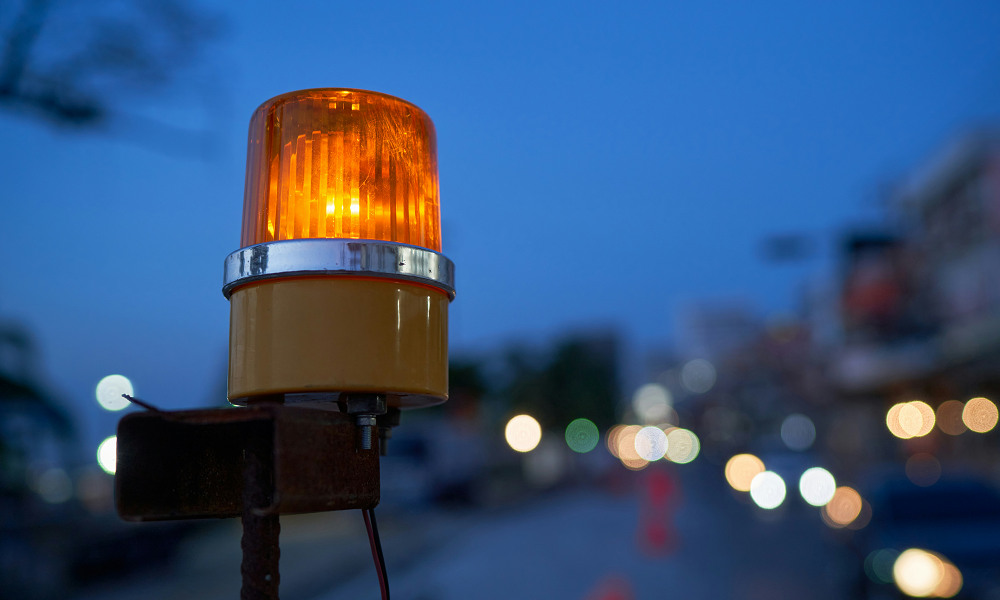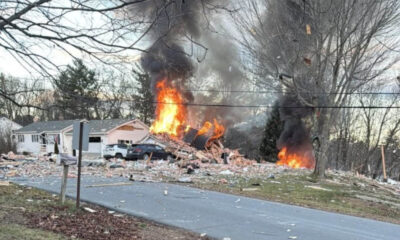Reviews
Worker Safety: Lessons from Michigan Workplace Accident Lawsuits

Every lawsuit born from a workplace injury is more than a legal matter—it’s a stark reminder of what happens when systems break down. In Michigan, the courtroom often becomes the venue for reckoning with preventable tragedies. These cases reveal missed warnings, faulty equipment, and inadequate protocols. But they also illuminate opportunities for reform and renewal.
The Michigan Landscape: Common Hazards Across Industries
Michigan’s industrial DNA—automotive plants, construction zones, logistics hubs, and manufacturing facilities—comes with inherent risks. Common hazards include:
- Slips and falls on slick factory floors
- Equipment-related injuries from unguarded machinery
- Chemical exposure in production lines
- Transportation incidents in warehousing environments
These risks, if unmanaged, become catalysts for severe injury or even loss of life.
Legal Perspective: What Workplace Accident Lawsuits Reveal
Behind every case file is a timeline of avoidable decisions. Lawsuits brought by injured workers often uncover safety blind spots, such as:
- Employers failing to respond to prior complaints
- Inconsistent enforcement of PPE (personal protective equipment) protocols
- Inadequate incident documentation
- Delayed medical response or reporting
The litigation process forces transparency and compels companies to examine their culture, systems, and accountability.
Safety Protocols Gone Wrong: Case Study Insights
Take the example of a Michigan-based construction firm fined for ignoring scaffold height limits. A worker, unprotected by guardrails, suffered multiple fractures after a 20-foot fall. The lawsuit uncovered that safety briefings had been sporadic and records falsified.
In another case, a machinist lost partial vision due to a malfunctioning coolant system. Investigators found the equipment had gone without inspection for years.
Both lawsuits led to regulatory scrutiny, financial penalties, and in some cases, criminal liability for supervisors.
The Human Cost: Beyond Physical Injuries
What doesn’t appear in medical records or court documents is the long tail of trauma. Many injured workers suffer:
- Chronic pain
- Mental health challenges like PTSD
- Diminished income and strained family dynamics
- Loss of professional identity
The lawsuits become vehicles for not just financial restitution, but also public acknowledgment of harm.
Employer Responsibility: Where Prevention Fails
Michigan employers have a legal duty under the Michigan Occupational Safety and Health Act (MIOSHA) to provide safe working conditions. Lawsuits often prove this duty was breached when:
- Safety inspections are skipped for productivity
- Hazard reports are ignored
- Cost-cutting leads to outdated machinery remaining in use
Too often, prevention is sacrificed for short-term efficiency.
Employee Rights: Legal Protections and Expectations
Employees in Michigan have the right to:
- Report unsafe conditions without retaliation
- Access workers’ compensation
- Seek independent medical evaluations
- File lawsuits in cases of gross negligence or third-party fault
Yet, many are unaware of these rights or hesitate to speak up, fearing job loss or employer hostility.
Training and Communication: The Silent Safety Barriers
Michigan accident cases consistently cite training deficiencies. Workers are frequently:
- Inadequately trained on new equipment
- Given outdated or overly generalized safety manuals
- Left out of safety meetings due to shift overlap
Language barriers and assumptions about prior experience also contribute to a disconnect between policy and practice.
The Role of Equipment: Malfunctions and Maintenance Failures
In litigation records, defective or poorly maintained equipment often plays a starring role. Issues include:
- Forklifts with faulty brakes
- Ladders with worn treads
- Circuitry exposed in manufacturing lines
When routine maintenance is deferred or performed by unqualified personnel, risk multiplies. Lawsuits reveal how minor malfunctions can cascade into catastrophic outcomes.
OSHA’s Influence: Compliance vs. Practical Implementation
While federal OSHA and Michigan’s MIOSHA set robust safety standards, real-world implementation varies. In some lawsuits, companies had technical compliance on paper but failed in application. This includes:
- Posting required signage but not enforcing rules
- Performing checklists without real inspection
- Logging safety drills that never occurred
These legal gray zones are exposed only when a serious injury forces deeper inquiry.
Cultural Impact: When Safety Isn’t a Core Value
Corporate culture often determines whether safety is a priority or a checkbox. In workplaces where production speed trumps caution, risk tolerance increases. Lawsuits have shown that:
- Employees are pressured to skip safety steps
- Near-misses go unreported to “keep the numbers down”
- Supervisors reward output over adherence to rules
Culture must be intentionally shaped—otherwise, the default becomes dangerous.
Preventive Strategies: What Michigan Lawsuits Teach Us
From the courtroom to the warehouse floor, key lessons emerge:
| Legal Insight | Practical Safety Action |
| Failure to document leads to weak defense | Implement incident tracking software |
| Training gaps expose employers | Establish recurring certification cycles |
| Non-compliance with equipment standards | Create a preventive maintenance schedule |
| Retaliation against whistleblowers backfires | Institute anonymous hazard reporting tools |
These lessons, if internalized, can drastically reduce incidents.
Technology and Safety: Tools That Prevent the Next Incident
Advanced technologies are helping close the gap between risk and response:
- Wearables that detect fatigue or overexertion
- AI-powered cameras to flag unsafe behaviors in real time
- Digital twins to simulate risk scenarios before implementing changes
- IoT sensors on equipment to predict failures before they occur
Integrating these innovations into Michigan workplaces could save lives and legal fees alike.
Conclusion: Turning Lawsuit Lessons Into Life-Saving Action
Workplace accident lawsuits in Michigan serve as both a mirror and a motivator. They reflect where systems falter—and where transformation is overdue. From legal accountability arises an opportunity: to elevate safety from an obligation to a core operational value.
Every accident prevented is a paycheck preserved, a life unchanged, a story that never makes it to court. The lesson is clear—wait not for a lawsuit to reveal your blind spots. Anticipate them. Address them. And most importantly, commit to a culture where every worker’s safety is non-negotiable.

-

 World1 week ago
World1 week agoEthiopian volcano erupts for first time in thousands of years
-

 Health2 days ago
Health2 days ago8 kittens die of H5N1 bird flu in the Netherlands
-

 Legal7 days ago
Legal7 days agoUtah Amber Alert: Jessika Francisco abducted by sex offender in Ogden
-

 US News6 days ago
US News6 days agoExplosion destroys home in Oakland, Maine; at least 1 injured
-

 Health6 days ago
Health6 days agoMexico’s September human bird flu case confirmed as H5N2
-

 Legal3 days ago
Legal3 days ago15 people shot, 4 killed, at birthday party in Stockton, California
-

 World7 days ago
World7 days agoWoman killed, man seriously injured in shark attack on Australia’s NSW coast
-

 Health6 days ago
Health6 days agoMarburg outbreak in Ethiopia rises to 12 cases and 8 deaths




